How to enhance the value of plant-based products in 2023
Welcome to our new guide on consumer insights.
In this edition, we will talk about how to enhance the value of plant-based products, specifically:
- How consumers are adapting to economic recession
- Three strategies to enhance the value of food/non-food products
- How to appeal to consumers’ concerns and win their trust with a practical example featuring Better Nature Tempeh
Now it’s time to share what we discovered.
How to enhance the value of plant-based products in 2023
Due to the current poor economic situation, consumers of all ages and backgrounds are changing their shopping habits to deal with everyday living costs, making efforts to save money when buying food and drink products.
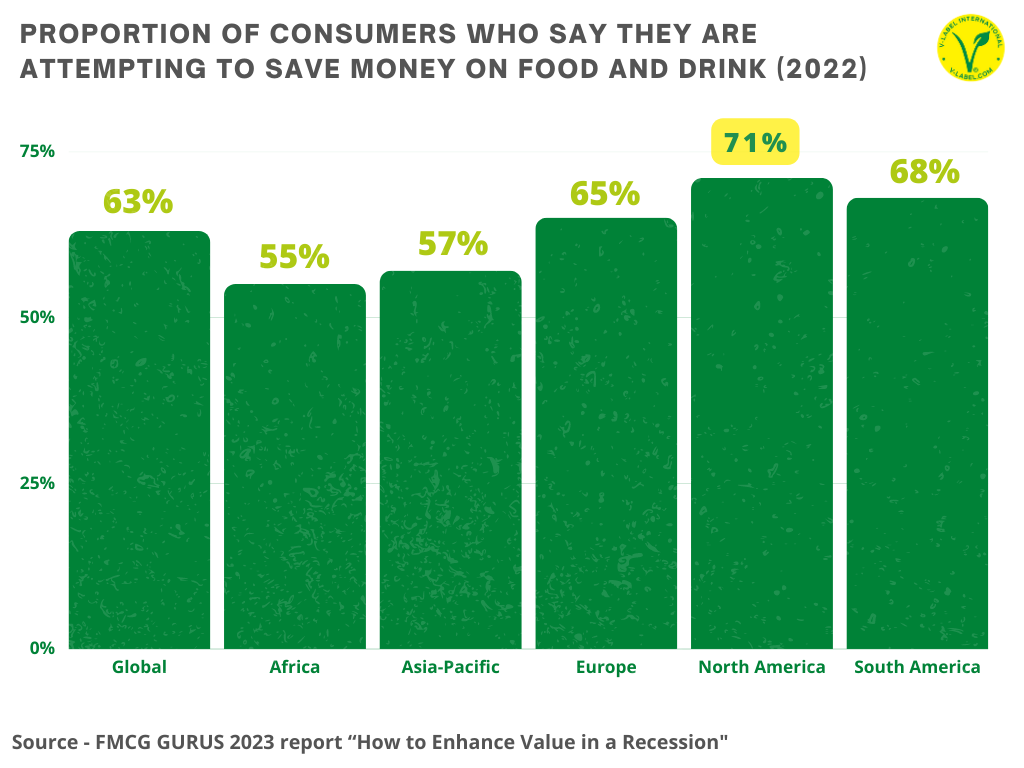
The implication of this is that consumers will be less brand (and retailer) loyal, demonstrating a greater willingness to shop around to get more for their money:

As a result of this lack of brand loyalty, consumers will pay more attention to what constitutes good value for money, so brands should make an extra effort to communicate the benefits of their products.
Consumers must perceive that, when buying a product, they are getting the most for their money. The focus should be on enhancing perceptions of value rather than reducing costs by promoting efficacy, nutrition, convenience, and such features.
Let’s take a look at some strategies to enhance perception of value.
#1 Strategy to enhance value: Focus on time scarcity
Consumers can feel that they do not have the time to eat or cook.
As a matter of fact, check the following graph:

As can be seen, many consumers are unwilling to cook from scratch, and a significant proportion state that cooking takes too much time. Many consumers feel that they do not have enough time to cook.
Financial and labor instability will ultimately result in many people working longer hours. As a consequence, many consumers will find it difficult to follow a well-structured meal-time schedule, resulting in many people skipping meals:
- 70% of consumers say that they eat breakfast seven days a week
- 72% of consumers say that they eat lunch seven days a week
- 89% of consumers say that they eat dinner seven days a week
So, what can brands do to enhance the value of their products while making life easier for consumers?
Brands and retailers can respond by highlighting how easy and fast their products are to prepare while getting the most out of it.
For example, Revolugreen has a range of plant-based meal kits that are seen as affordable, healthy, and very easy and fast to prepare. See how they focus on how the product is cooked in 3-4 minutes while getting a source of protein and healthy ingredients.
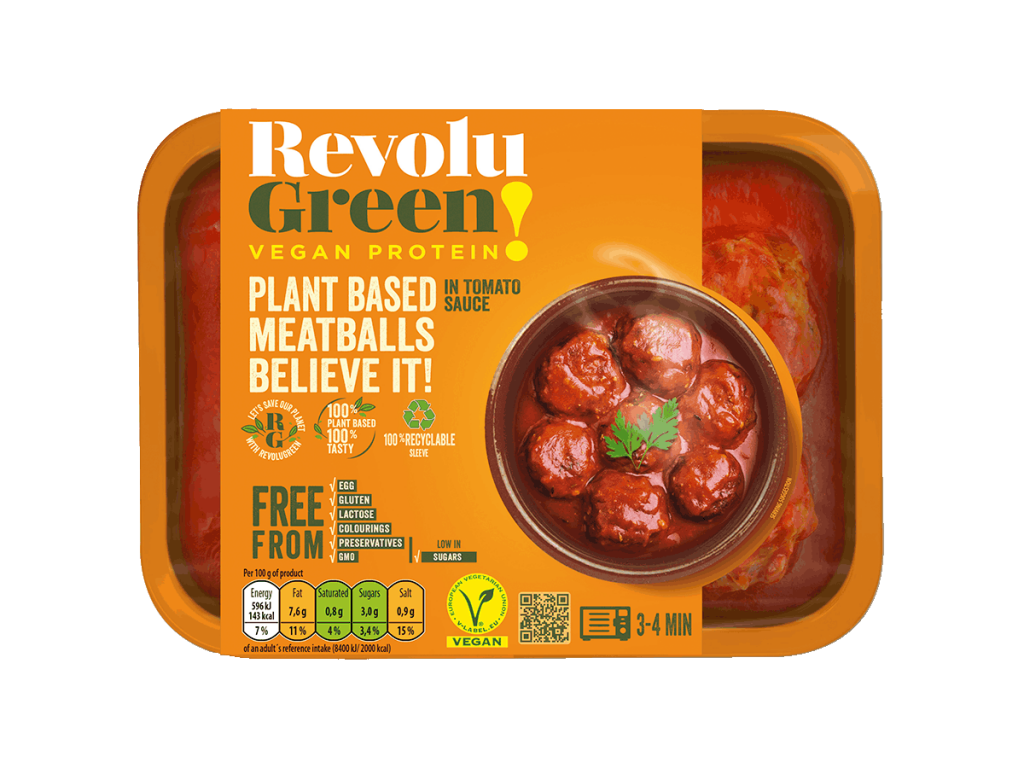
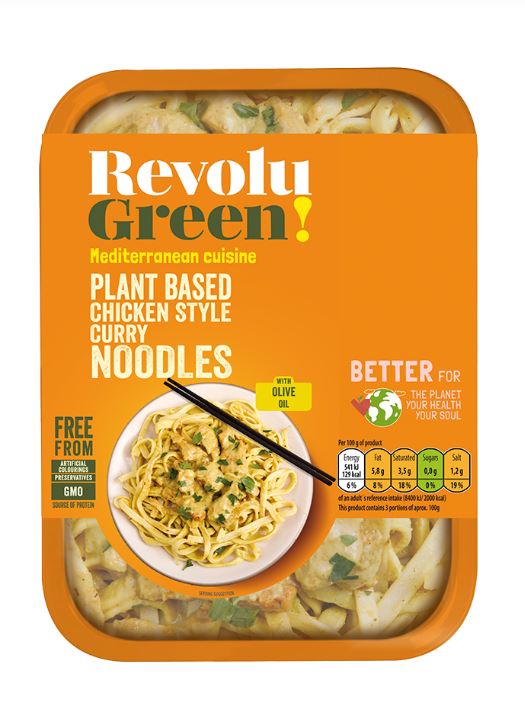
#2 Strategy to enhance value: Focus on traditional flavors
During periods of economic uncertainty, consumers frequently tend to exhibit nostalgic sentiments, reminiscing about the past and longing for simpler, stress-free times.
This will have a direct influence on purchasing behavior, as consumers seek traditional flavors and products associated with easier times.
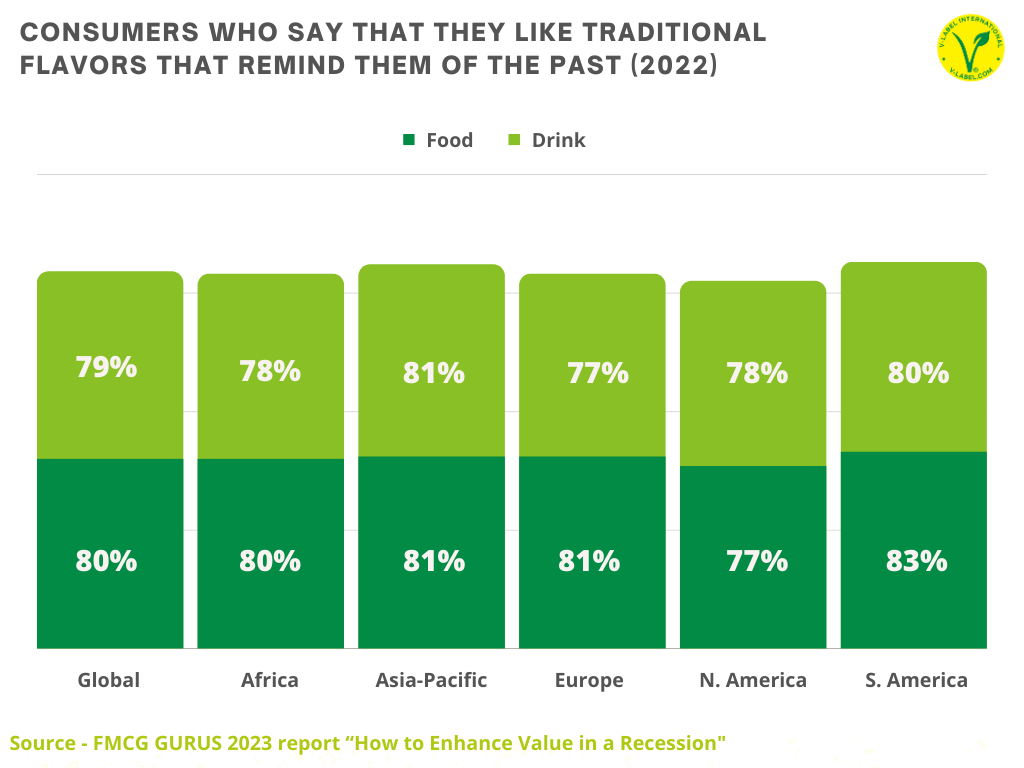
This creates the opportunity for brands to engage in nostalgic-orientated marketing, and as can be seen in the graph below, there is an increase in the desire for comfort foods (food that provides consolation or a feeling of well-being and is associated with childhood or home cooking).

Brands focused on the traditional/nostalgic flavors of their products will be perceived by consumers as an opportunity to unwind and relax, making price less of a factor when purchasing, resulting in the product not being devalued.
For example, many brands in the plant-based sector launch products typical of the country in which they operate, appealing to the traditional taste that many vegetarians/vegans have not been able to taste again due to their lifestyle. This is also a strong selling point for flexitarians, as it allows them to consume plant-based products with the traditional flavors they have always had, thus adding value to their product.
Quick fact: 40% of global consumers associate V-Label with better taste.
#3 Strategy to enhance value: Make your packaging valuable
74% of global consumers are concerned about the state of the environment**.
And this reflects in consumer purchasing behavior: 46% of global consumers say that they will put a product back on the shelves if they do not believe it has sustainable packaging.
Consumers want environmentally friendly packaging, and to deem if the packaging is or isn’t environmentally friendly, they pay attention to the following features:
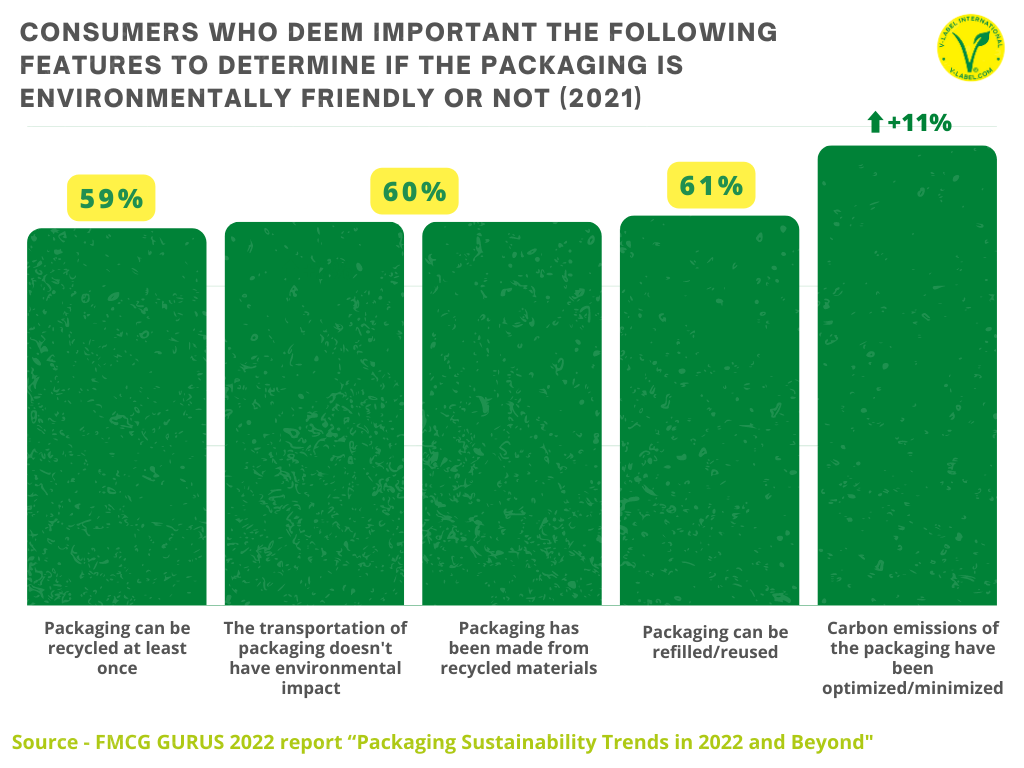
Having those sorts of claims in the packaging will help enhance its value.
But consumers need these features to be properly communicated through several channels:
39% of global consumers say they lack awareness about recycling and could do with more information on the subject.
So, how do consumers want packaging information delivered? See what we discovered.
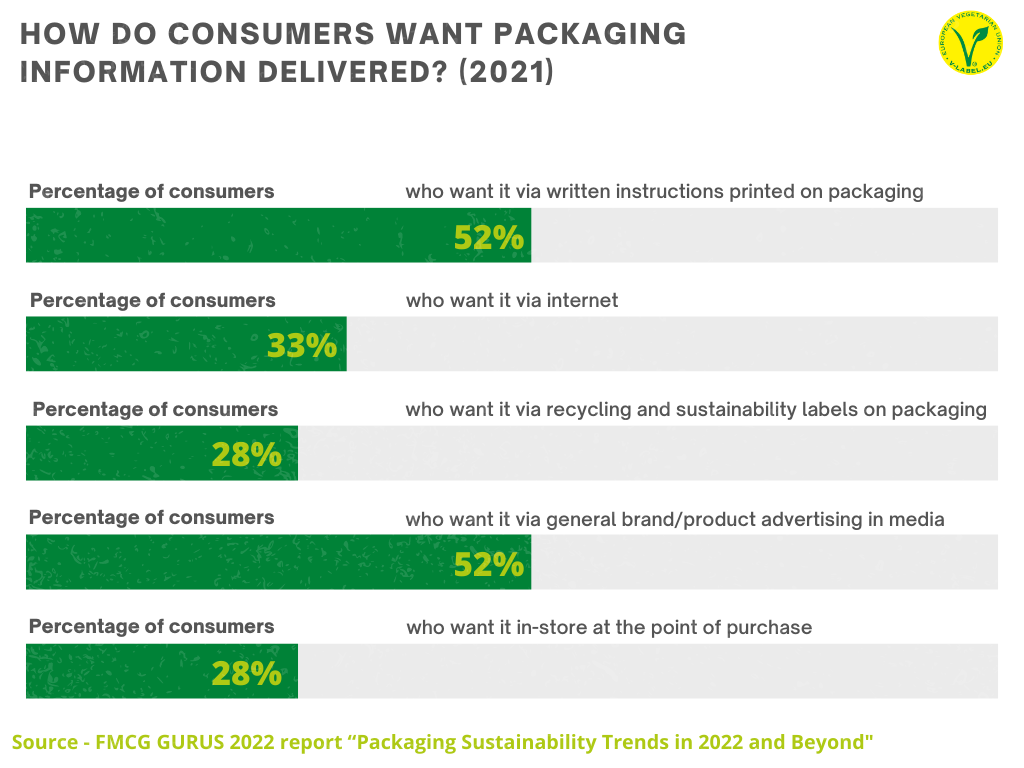
The information should be as easily accessible as possible with maximum simplicity and transparency.
Fairly enough, almost a third of consumers want labels that can deliver the information right away, which makes complete sense as people tend to take only a few seconds to choose what to purchase.
Labels issued by certification entities, such as V-Label, also generate trust in consumers, solving the problem of lack of transparency consumers must constantly deal with. As a matter of fact, only around 50% of global consumers say that they trust environmental claims made by brands in the food/drinks category in relation to packaging.
This means that any claims around sustainability initiatives should be evidence-led.
In short, if you want to enhance the value of your plant-based product:
- appeal to environmental concerns through sustainable packaging,
- communicate the environmentally-friendly features in a clear way through different channels,
- and back your claims with hard evidence.
And while we are at it, certify your product with the V-Label to gain maximum consumer trust
Quick fact: 78% of consumers worldwide generally trust products with the V-Label symbol more than products without it.
Let’s now see how to put some of the consumer insights from this newsletter into practice with our practical example featuring “Better Nature Tempeh”.
Practical example: Better Nature Tempeh
In our practical example section from today’s newsletter, we will talk about Better Nature Tempeh and how their main communication practices appeal to consumers’ needs regarding value-for-money demands and sustainability in packaging and other channels.
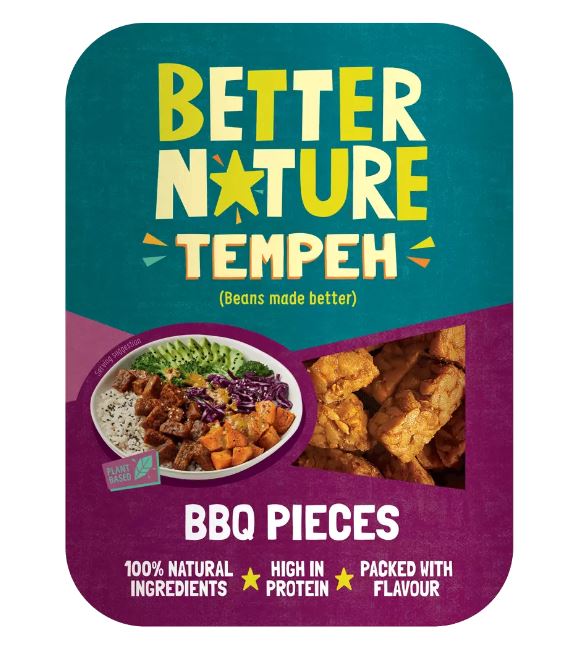
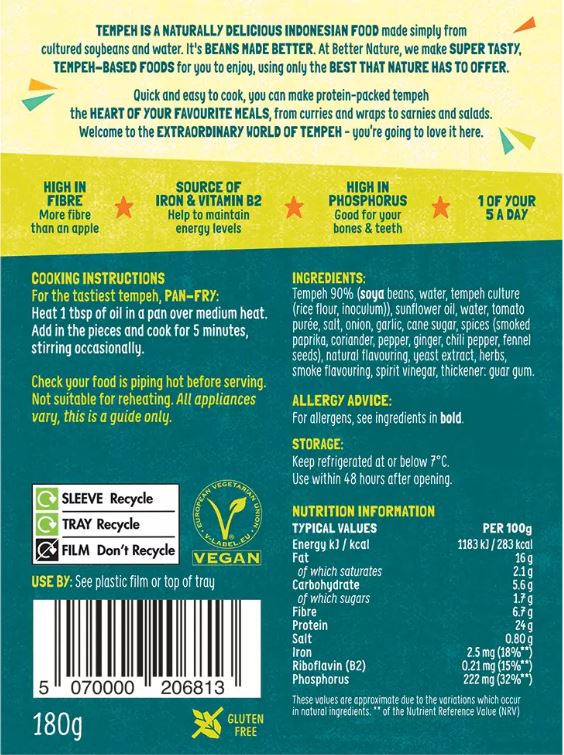
At the back of the packaging of this product, you can see straight away some very good practices:
- By highlighting all the nutritious benefits, such as “high in fiber”, “source of iron and vitamin b12”, and “good for your bone & teeth”, consumers will have the perception of getting their money’s worth.
- They also highlight how just in 5 minutes the meal is ready to eat.
- They have the V-Label to let consumers know straight away that the product is 100% vegan.
- They let consumers know how to recycle the product, making it easier for them.
And while they don’t display the sustainability features of their product in their packaging, they do so in other channels, like their website, as desired by consumers:
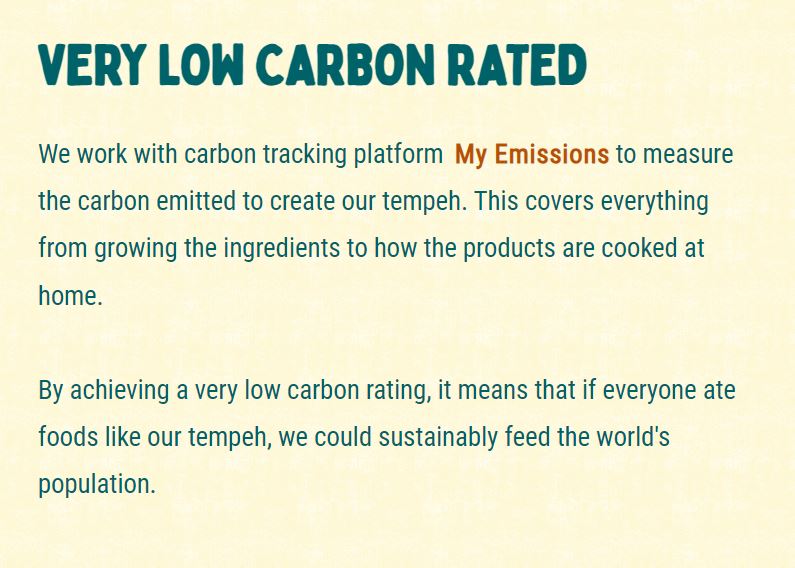
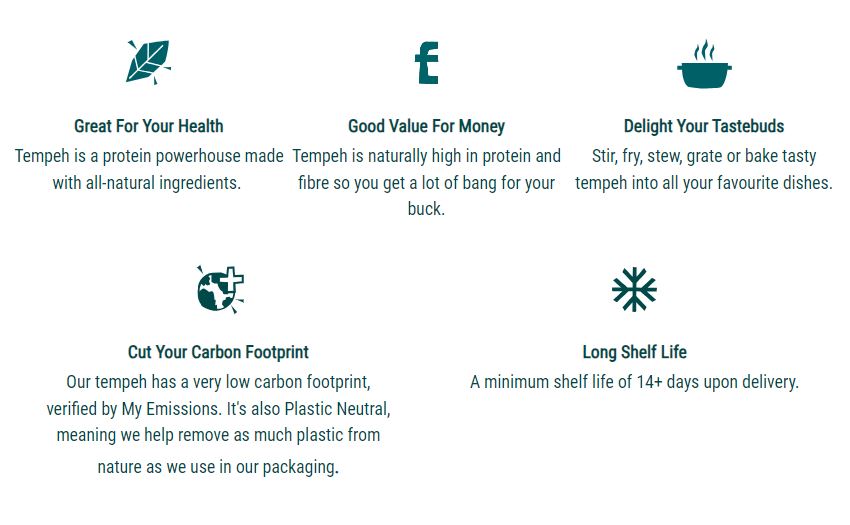
As we can see, Better Nature showcases their sustainability features led by evidence, appealing to consumer demands and making it easier for them to trust the brand.
Also noticeable is how they focus on the long shelf life of their products, appealing to consumers concerned about food waste (61% of global consumers are attempting to avoid food waste).
So brands should consider following this example to increase their chances of winning over consumers.
Now it’s your turn
We really hope you enjoyed our new consumer insights guide. If you want to enhance the value of your product, you can get licensed here.
And now we’d like to hear from you.
Which consumer insight from today’s guide did you find the most useful?
Will you implement any of the strategies? If so, which one?
Either way, let us know by leaving a quick comment below.
List of Resources
* Data from the FMCG GURUS report “How to Enhance Value in a Recession” published in 2023.
** Data from FMCG GURUS report “Packaging Sustainability Trends in 2022 and Beyond” published in March 2022.
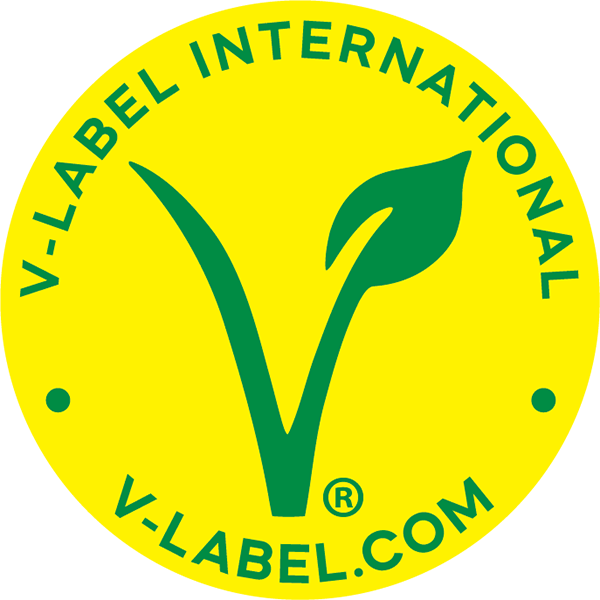
 Argentina
Argentina België (NL)
België (NL) Bosna i Hercegovina
Bosna i Hercegovina Brasil
Brasil Chile
Chile 中国
中国 Česká republika
Česká republika Colombia
Colombia Costa Rica
Costa Rica Danmark
Danmark Deutschland
Deutschland Ecuador
Ecuador España
España France
France Ελληνικά
Ελληνικά Hrvatska
Hrvatska Italia
Italia Lietuvių
Lietuvių 한국어
한국어 Magyar
Magyar Lebanon (EN)
Lebanon (EN) Melayu
Melayu Mexico
Mexico Nederland
Nederland Nigeria
Nigeria Norge
Norge Österreich
Österreich Perú
Perú Polski
Polski Português
Português Română
Română Русский
Русский Slovenčina
Slovenčina Türkçe
Türkçe South Africa
South Africa Suomi
Suomi Svenska
Svenska Schweiz
Schweiz Українська
Українська الامارات العربية المتحدة
الامارات العربية المتحدة Tiếng Việt
Tiếng Việt